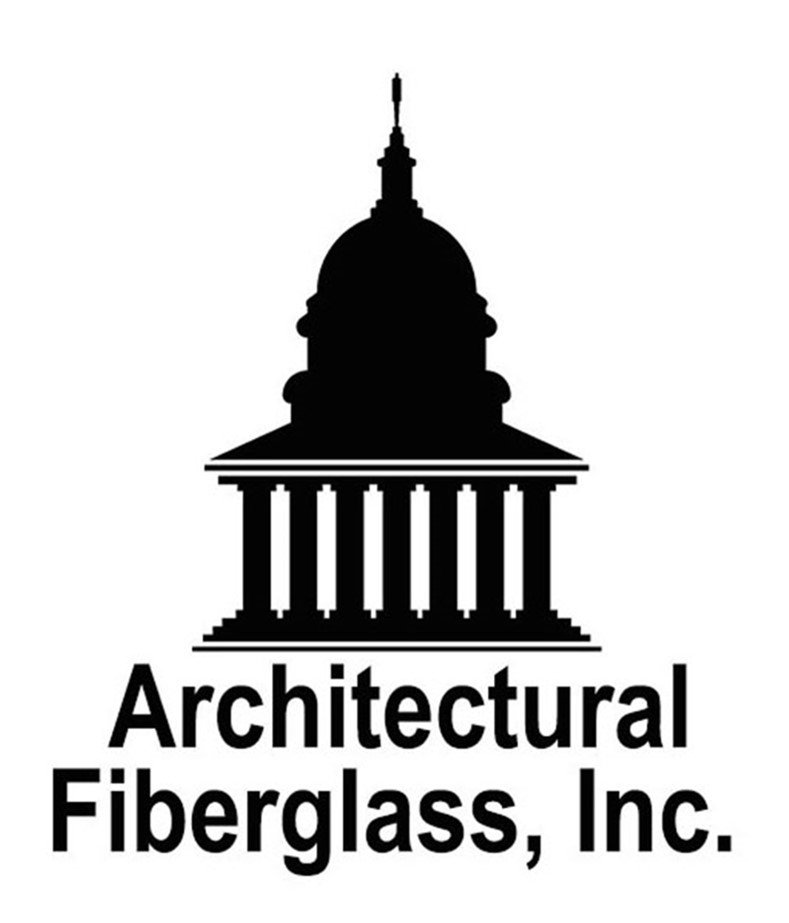Building Green with Fiberglass Composites
Green building has become an increasingly important focus for new construction. The LEED Program (Leadership in Energy and Environmental Design) was developed by the U.S. Green Building Council to provide a framework for implementing practical and measurable green building solutions. Voluntary participation in the program demonstrates initiative to develop high performance sustainable buildings with energy savings, lower carbon footprints, and environmental responsibility.
Compared to traditional materials like concrete or terra cotta, fiberglass composites offer a more viable option as a green building product due to their favorable life-cycle assessment. When considering the energy consumed in production, installation, and environmental sustainability, fiberglass products have a much smaller impact than traditional materials and can be used in less energy- or carbon-intensive ways.
The light weight of fiberglass contributes to overall savings, starting with lower transportation costs. It reduces the need for heavy lifting equipment, and installation is faster, causing less distress and disruption to the community. The rigidity and self-supporting nature of fiberglass means less dead weight and a reduced need for structural material, which eliminates unnecessary resource consumption and lowers costs. By contrast, a similar product made of cement could require up to 90% more material and would weigh significantly more. The process of refining cement, from extraction to fabrication, generates a large amount of carbon dioxide.
Builders often choose FRP over other construction materials because it resists rust, rot, and corrosion, leading to a longer life cycle. The durability of fiberglass reduces the need for replacement, repair, or repainting, making it environmentally sustainable. Using fiberglass instead of wood eliminates the need for toxic paints, stains, or finishes, and it naturally resists termites and other pests.
Another advantage of fiberglass composites is their low thermal conductivity. Despite its relatively thin skin, fiberglass requires less insulation. The material’s thermal integrity minimizes heat loss in winter and heat gain in summer, maximizing energy performance—a key achievement in the LEED Program. Fiberglass domes and cupolas for roofs, or cornices, panels, and pilasters for walls, can economically and decoratively improve energy savings.
Achieving LEED certification ensures that buildings are constructed and operated as intended. LEED credits are weighted to reflect their potential environmental impacts. The program uses strategies aimed at improving performance across crucial metrics, such as energy savings, CO2 emissions reduction, and responsible resource management. Certification recognizes sensitivity to the building’s environmental impact. Architectural Fiberglass, Inc. helps achieve this goal by providing environmentally and economically friendly products.











